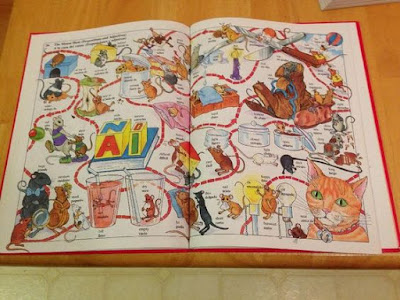{Affiliate links used.}
One of my favorite activities with my students is pulling out realia (especially when we do a food unit) from Spanish-speaking countries for them to look at. They get familiar with several aspects of the language that we normally don't focus on in our lessons. For example, they get to see the metric system in use on food packages. They see how the number one thousand is written (1.000). They get exposed to the culture of the country the realia is from.
I have collected realia over the years from my own travels and the travels of my students. I have items from Argentina, Uruguay, Mexico, Spain, and Bolivia. I saved ads and wrappers...anything with Spanish on them. This was before the days of the internet. You can now do online to find a plethora of realia items. Here is my Pinterest board collection...
Realia can be used in multiple ways...for example, you can use pictures of license plates from various countries to have your students practice letters and numbers. (NOTE: There is one picture of plates on my Pinterest board). You can use menus during a food unit. You can talk about how the ad works or doesn't work to entice people to buy. You can introduce cultural items through realia. The ideas are endless!
While it is far cheaper to find realia on the web or if you are already traveling to a Spanish-speaking country, there is one resource available that uses realia to teach. Big Book of Spanish Realia Volume I & Volume II






















